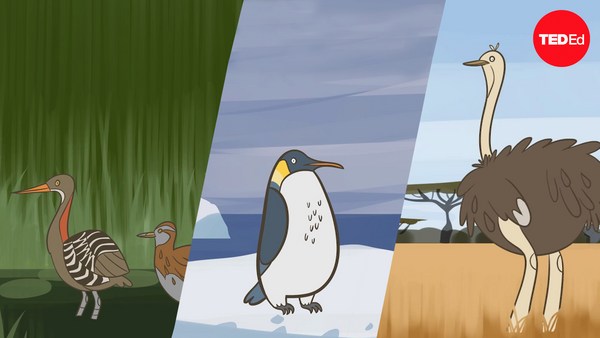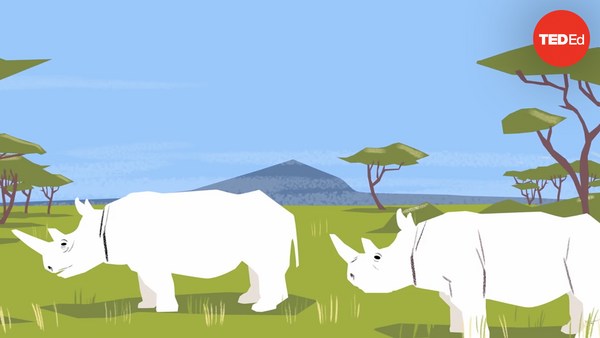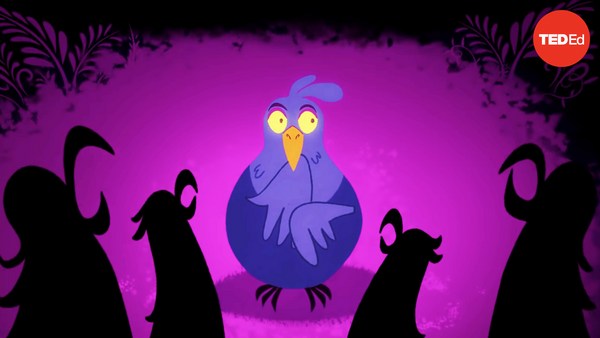Dodos are commonly considered brainless, blundering birds that were poorly adapted and doomed to die off, making their human-mediated extinction effortless and inevitable. But that's not the case. So, what were dodos actually like? And what really caused their downfall?
Let's start at their origin. Okay, rewinding more than 20 million years, some tropical pigeons from Southeast Asia voyaged across the Indian Ocean, perhaps by gradually journeying from island to island. Eventually, their descendants came to a remote archipelago east of Madagascar. Those that settled likely diversified over time. Then, about 8 million years ago, an underwater volcano formed another island on the chain, which would come to be known as Mauritius. Some of the birds populated this new island, too, and down the line, dodos emerged as a distinct species.
They shared Mauritius with bats, lizards, giant tortoises, and other birds. The closest large predators were held back by about 800 kilometers of ocean, so getting murdered was basically a non-issue. Without the need for defensive adaptations, like flight, expending energy on them would have been wasteful. So, as with the kākāpōs of New Zealand and the cormorants of the Galápagos, their flight muscles shrank. Dodos probably nested on the island's forest floor, feasting on fruits and seeds. Reaching just under a meter tall, they were among the island's largest animals.
And they were well-adapted to their environment, which could fluctuate between extreme dry and wet conditions. They also survived some major disruptions. Around 4,300 years ago, a megadrought caused waves of mass mortality events on Mauritius. Fresh water grew scarce and lakes likely grew saltier and became treacherous traps. This lasted for around 150 years. However, dodos prevailed... until a few millennia later, when everything changed— quickly.
In 1598, Dutch sailors came ashore on Mauritius, and the island soon became a welcome stopover for their trade ships. The sailors described natural wonders, including large numbers of birds twice as big as swans and tortoises with shells huge enough to fit 10 men. Mauritian animals hadn't evolved to fear being hunted by humans, so they were an easy catch. Sailors ate some dodos, but this alone didn't cause their doom.
The Dutch sailors came with company. They brought macaques that were probably pets. They released goats and pigs on the island to establish food sources. And at some point, sailors also inadvertently introduced rats. It's thought that goats and pigs grazed and rooted through the forest understory, which dodos lived in; pigs, macaques, and rats preyed on dodo eggs and chicks; and all of them competed with dodos for resources. Dodos were last seen less than a century after Dutch arrival.
At the time, people didn't recognize that species could disappear. It wasn't until a century later, in the 1790s, that a scientist conclusively demonstrated the concept of extinction. By then, many thought dodos were fake. But discoveries from digs and sparse remains helped confirm their existence.
Nevertheless, representations of dodos were misleading. One popular natural history text of the late 1700s characterized them as stupid, voracious, and grotesque. Once Lewis Carroll included a dodo in "Alice's Adventures in Wonderland" in 1865, the birds quickly amassed popularity. But dodos continued being framed as inept, clumsy, lazy, and unfit for survival in scholarly works, satirical magazines, and children's poems alike.
And yet, there's no evidence that dodos were less intelligent than their relatives. The dodo's brain size relative to its body was similar to that of other pigeons. And especially rotund dodo depictions are misleading. They may have been inspired by what dodos looked like during mating displays or in captivity— or they were just poor artistic renderings. Scientists think dodos were fairly muscular birds.
All in all, the dodo was, in fact, a survivor that withstood major natural disasters and thrived on its island home. It simply wasn't prepared for a sudden onslaught of invasive species. And neither were other endemic Mauritian animals, including raven parrots, fruit bats, and giant tortoises. In the aftermath, perhaps it was easier to declare the dodo's extinction the result of its personal failing than to admit it was a human one.


